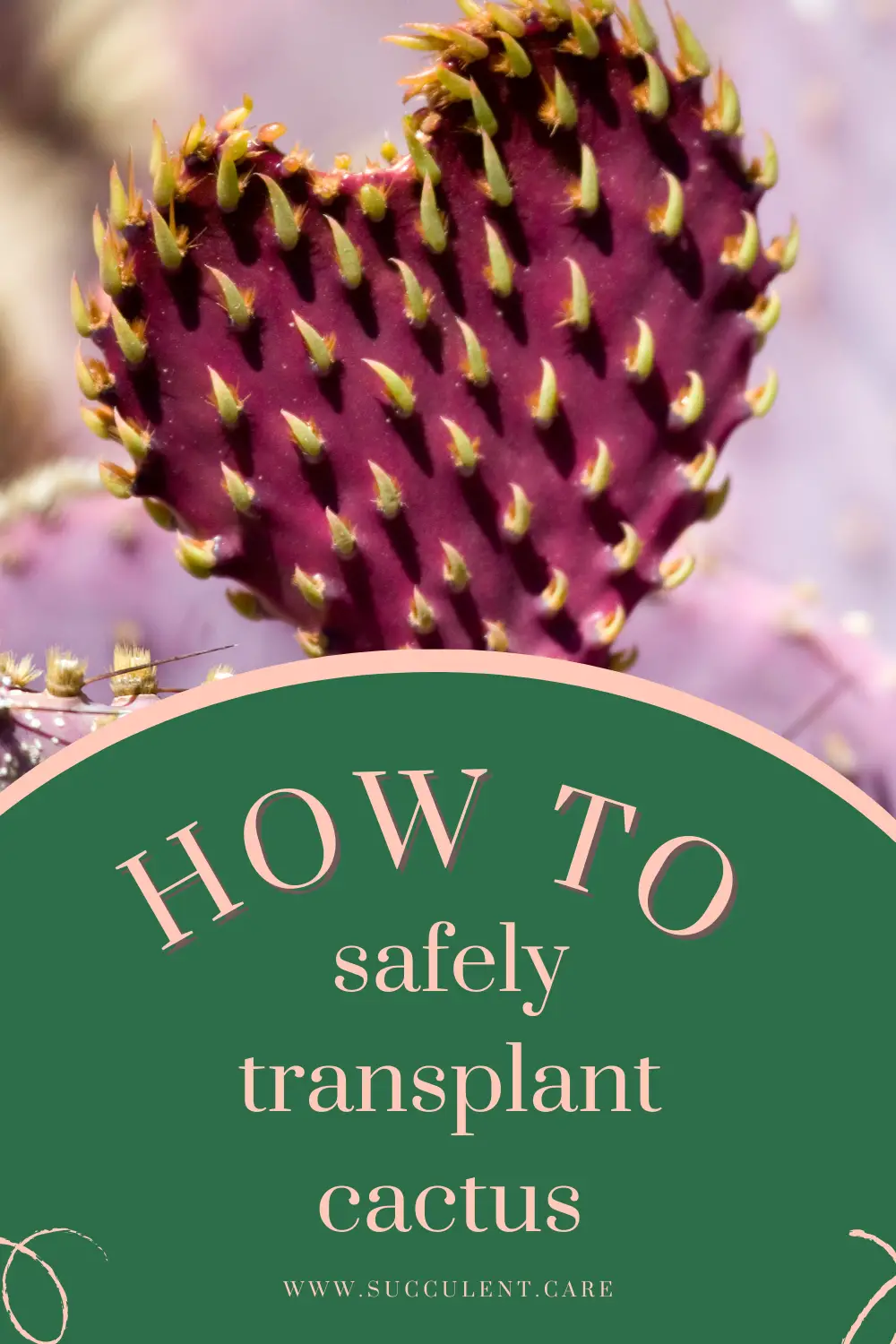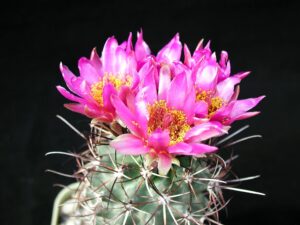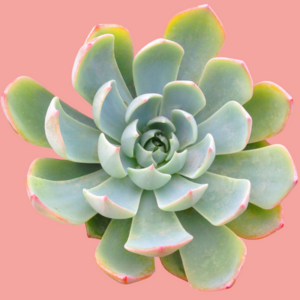Transplanting a cactus can seem intimidating, especially for those new to gardening or cactus care. However, with the right information and approach, you can safely move your spiny friend to a new home in just a few steps. This guide provides you with a comprehensive overview of how to transplant a cactus while minimizing stress for the plant.
Understanding the lifecycle of your cactus and when it is best to transplant is vital. Most cacti prefer to be moved during the spring or early summer, as this is when they enter their active growth period. At this time, they can recover quickly from the disturbance of transplanting.
Why Transplant a Cactus?
There are several reasons why a gardener may consider transplanting a cactus. First, the plant may have outgrown its current container. As cacti grow, their root systems need more space to thrive. A cramped environment can lead to stunted growth or health complications. Additionally, changing the soil type may be necessary to provide better drainage or nutrients. Lastly, a change of location, whether for aesthetic improvement or optimal lighting conditions, might be required.
Gathering The Necessary Tools
Before beginning the transplanting process, gather all the necessary tools and materials. This preparation will help streamline the process and reduce the potential stress on your cactus.
Essential tools include:
- A clean, sharp spade or trowel
- Potting soil appropriate for cacti and succulents
- A new container with drainage holes
- Gardening gloves to protect your hands from spines
- Newspaper or a blanket to protect surfaces
- Watering can or spray bottle for post-transplant care
Choosing the Right Container
When selecting a new pot for your cactus, focus on its size and ventilation. Ideally, the new container should be only slightly larger than the current one—typically 1 to 2 inches in diameter. This limits excess soil, preventing moisture stagnation that can lead to root rot. Ensure that the pot has adequate drainage holes at the bottom; this is crucial for cactus health as they prefer dryer conditions.
Preparing The Cactus for Transplanting
Before getting your hands dirty, it’s essential to prepare your cactus. Begin by carefully inspecting the plant for any signs of disease or pests. If anything appears off, address these issues before proceeding.
Next, refrain from watering your cactus a few days prior to transplanting. Allow the soil to dry out completely to minimize the risk of root damage during the process. This practice also helps reduce the likelihood of fungal contamination. Once you’re ready to transplant, use your gardening gloves to protect your hands from spines and begin the process.
Carefully Remove The Cactus from Its Current Pot
To remove your cactus, gently grasp it by the base of the stem, or use a trowel to loosens the soil. Tilt the pot slightly and gently wiggle the plant to loosen the roots from the sides. Be patient with this step; rushing may lead to injury to the roots or, worse, breakage of the stem.
Once the cactus is free, inspect the roots closely. Trim any excessively long roots or those that appear damaged with sterilized scissors. Keeping the root system healthy and tidy ensures a better chance for growth in its new home.
Transplanting Your Cactus into its New Home
With your cactus removed from its old pot, it’s time to place it into the new container. Start by adding a layer of fresh cactus potting soil to the bottom of the new pot. Position the cactus in the center and fill in around the sides with more soil. Aim to plant the cactus at the same depth it was previously; this helps retain its stability and promote healthy growth. Avoid packing the soil too tightly, as this can reduce aeration and drainage.
Post-Transplant Care
After transplanting, it’s important to care for your cactus appropriately to help it acclimate to its new environment. Avoid watering the cactus immediately after transplanting. Instead, wait about a week before giving it a light watering. This gives the roots time to settle and minimizes the risk of rot.
During this adjustment period, place the cactus in a bright but indirect light to help prevent sunburn. Once it has acclimatized, gradually introduce it to its preferred lighting conditions. Monitor your cactus closely for any signs of distress, including yellowing or wilting, which may indicate improper care.
In conclusion, transplanting a cactus need not be a daunting task. With the right preparation and knowledge, and by following this simple guide, your cactus can thrive in its new home. Whether it’s for aesthetics, better drainage, or to accommodate its growth, your cactus will thank you for the careful consideration of its needs during the transplanting process.
Take your time, be gentle, and soon enough, you will have a rejuvenated cactus flourishing in its new pot.





Leave a Comment